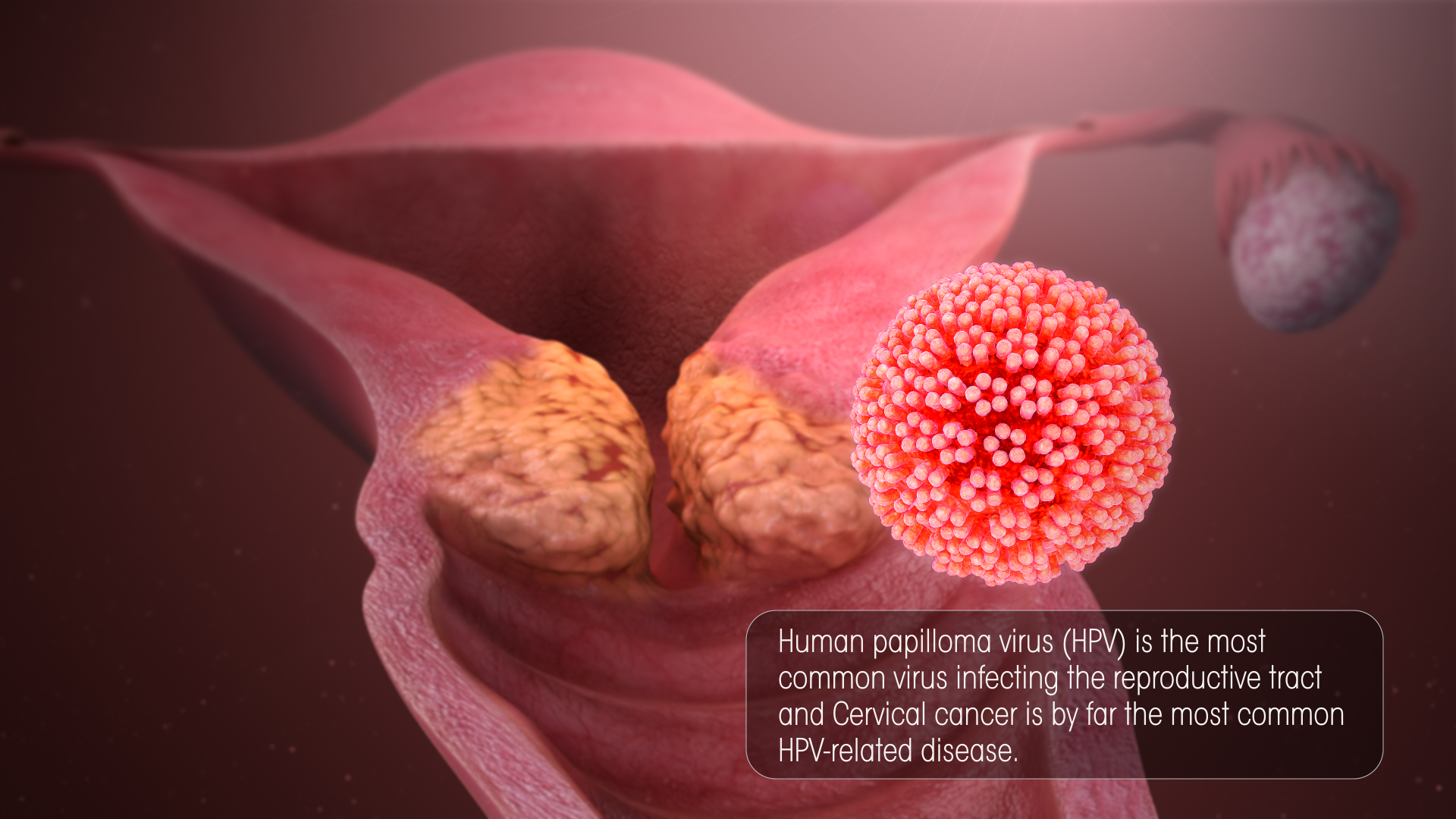A crucial part of treating Cervical Cancer is determining its development stage - early, medial or advanced.
Early stage cancers are confined to only the cervix region and can be treated in one of the following ways:
- Conization or cone biopsy; a cone-shaped chunk of tissue is removed from the affected area (cervix).
- LASER; a narrow beam of laser light is used to destroy cancerous and precancerous cell.
- Loop electrosurgical excision process or LEEP, wherein an electrical loop is used to cut out the cancerous part of the cervix.
- Cryosurgery or cold treatment
- Hysterectomy; complete removal of uterus.
Advance stage cancers, on the other hand, have already spread beyond the cervix area. In such a scenario, treatment options (besides above surgical methods) include:
- Radiotherapy
- Chemotherapy
- Clinical Trial
By definition, clinical trials are carefully controlled research studies that are done to get a closer look at promising new treatments. In some cases they may be the only way to get access to newer treatments. For doctors, clinical trials are the best way to learn better methods of treating cancer. However, still, they aren’t right for everyone.
The following areas of research may include new options for patients through clinical trials:
- The FDA-approved HPV vaccine Gardasil is effective but it does not benefit the people already infected with HPV or those who have already been diagnosed with cervical cancer.
- Bevacizumab is a targeted antibody that has been approved for cervical cancer patients, and numerous other immunotherapy approaches have seen promising results in early-stage clinical trials, including T cell immune checkpoint inhibitors, therapeutic vaccines, and adoptive cell therapy/transfer.
Recovery is the goal of any treatment. If the cure is not possible, the goal may be to remove or destroy as much of the cancer as possible to help you live longer and feel better. Sometimes treatment is aimed at relieving symptoms. This is called palliative treatment.
Complementary or alternative treatment methods can include vitamins, herbs and special diets, or methods like acupuncture and massage. These treatments are used along with regular medical care. Caution: Many are not proven methods and some might even be dangerous.
What’s New in Cervical Cancer Research and Treatment?
Sentinel Lymph Node Biopsy (SNLB)
The procedure involves removal of selected pelvic lymph nodes that are most likely to contain cancer. A dye tracer is injected into the area around the main tumor, and will travel to the nearest lymph nodes, which is where metastatic cancer is also most likely to go. Lymph nodes containing the tracer can then be removed and screened for signs of cancer, letting doctors know whether it has spread or not. Clinical trials are investigating the combination of SNLB with laproscopic surgery for less invasive procedures. Research says it may be helpful in early stage cervical cancer.
Immunotherapy
Symptoms of this disease often go undetected until the cancer becomes invasive. For this reason, immunotherapy represents a unique opportunity for treating cervical cancer. Immune checkpoint inhibitor drugs ‘reset’ the immune system so that it can control the fast growth of tumor cells.
HPV Vaccines
Vaccines prevent infection of certain HPV types that are associated with cervical cancer. Currently available vaccines produce immunity to HPV types for 90% of cervical cancers. Some experimental vaccines are also being studied for women with established HPV infections to help their immune systems kill the virus before it leads to cancer. For advanced cervical cancer, there are vaccines that produce an immune reaction to the E6 and E7 proteins in the virus that cause abnormal growth of cervical cancer cells. This immunity is believed to kill the cancer cells or stop them from growing.
Targeted Therapy
Besides the immune system, many cellular growth signals make promising treatment targets. Targeted therapies involve using selective drugs, rather than antibodies, to either stop the signals cancer uses to grow or tell the cancer to kill itself. Targeted drugs specifically target the gene changes in cell that cause cancer. They are often used with the standard chemotherapy drugs as they have less severe side effects. For instance, Pazopanib blocks certain growth factors that help cancer cells grow.
Hyperthermia
During a hyperthermia treatment, the cancerous tumor is heated to a temperature between 40 and 45°C (104 -113° F) by using radiofrequency antennae placed around the patient. Cancer cells can’t tolerate high temperatures, and therefore, get damaged by the heat.









